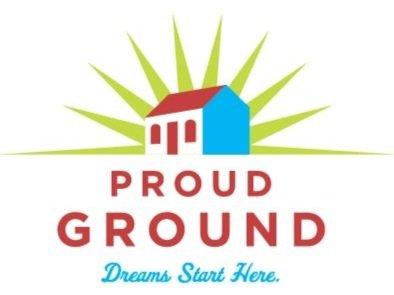Homeowners
Homeowners Insurance 101:
Safeguarding your home, likely your biggest investment, requires financial protection. Before getting new homeowners insurance or revising your current policy, here's what you need to know.
The Basics
Homeowners insurance, sometimes called hazard insurance, provides financial protection in case your home is damaged. This coverage extends to the building, its contents, and other structures on your property. To assess the right coverage and facilitate future claims, start by understanding your belongings so you can determine how much coverage you need. It will make things easier if you need to file a claim.
Utilize the Home Inventory Worksheet for cataloging. Update it with new purchases and remember items stored off-site may also be covered.
What’s Covered: The Perils [1]
In general, homeowners insurance policies* will cover 10 basic threats, or “perils,” to your home:
1. Fire or Lightning
2. Hail & Windstorms
3. Explosions
4. Riots & Civil Commotion
5. Damage from Aircraft
6. Damage from Vehicles
7. Smoke
8. Theft
9. Vandalism
10. Volcanic Eruption
To help you narrow down which homeowners policy you will need for your home, we’ve listed some of the features of two common homeowners insurance policies. Be sure to consult your insurance agent for more details.
-

Broad Form
This policy will cover the home itself as well as other structures on the property, such as a detached garage or even fencing, but only from the 10 “named perils” listed in your insurance policy. This coverage also provides homeowners with personal liability coverage, which means if someone is injured on your property and then sues you, your insurance company will pay a settlement if you lose the suit, and may also defend you in court.
-

Special Form
The primary homeowners insurance for single-family, owner-occupied homes is HO3, widely used.[2] It covers your home and attached structures against all perils except those explicitly excluded, such as flood, earthquake, etc. [3] Your possessions are protected from the 10 named perils, and liability coverage is included. Because an HO3 doesn’t limit coverage only to named perils, it often can provide more financial protection than an HO2.
What’s Not Covered By Homeowners Insurance?
Flood
Earthquake
Infestations
War
Nuclear Accidents
Mold
Sewer Backup
Certain High-Priced or Luxury Items
Levels of Coverage:
Levels of coverage you can choose from for your homeowners insurance policy.
Cash Value
Covers the market value of the home, possessions, and other structures on the property, minus depreciation.
Replacement Cost
Covers the cost of rebuilding the home with similar materials and replacing possessions, with no depreciation consideration. It’s recommended to insure your home for at least 80% of its replacement value.[4]
What’s Covered: The Perils
Covers the cost of rebuilding and lost possessions and will pay up to a certain percentage over the policy cost. For example, if you have a $100,000 policy, you may be covered up to $125,000. This type of policy provides the most coverage and is the most expensive.[5]
Note:
Full replacement cost policies may not be available for some older homes, as actual replacement or rebuilding of your dwelling is generally not possible. And mobile homes, condos, and historic homes have policies designated specifically for those types of homes.
Homeowners Insurance and Your Mortgage
Mortgage lenders need homeowners insurance. Once you apply for a home loan, start shopping for coverage. Your insurer will inform your lender about your policy. During closing, prove your homeowners insurance, as your home secures the loan against defaults.
Updating Your Policy
Check your insurance annually. Life changes, upgrades, and milestones like marriage or renovations impact your coverage needs. Ask yourself what’s changed: Did you acquire valuable items or alter your home? Do more or fewer people live here than when I took out my original policy? Have I renovated or significantly remodeled my home? If yes, contact your insurance agent for a meeting.
Nobody wants to think about something unfortunate happening to their home, but the reality is that you need to be prepared. Homeowners insurance offers that protection. Contact us if you need a recommendation to a local insurance agent.
Visit our resources page.
Need to borrow a tool for your home repair?
Hear From Our Homeowners
Sources:[1] Insurance Information Institute (III), “Which disasters are covered by homeowners insurance?”[2] National Association of Insurance Commissioners (NAIC), “Dwelling Fire, Homeowners Owner Occupied, and Homeowners Tenant and Condominium/Cooperative Unit Owner’s Insurance Report: Data for 2018.” 2020.[3] NAIC, “A Consumer’s Guide to Home Insurance.” 2010.[4] NAIC, Overview of homeowners insurance, “Tips & Tools: Replacement Cost or Actual Cash Value?”[5] III, “Homeowners Insurance Basics.”





